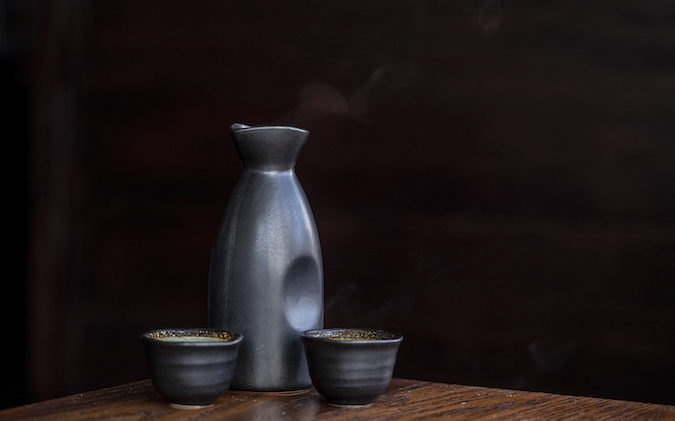As with pairing food with wine, pairing sake has its nuances. The diversity of sake—including the various rice varietals, milling and distillation styles—can make for a complex beverage pairing.
Japanese chef Masa Hamaya of Atlanta’s modern sushi restaurant, O-Ku Atlanta, believes the key to matching sake with meals comes down to a few simple rules of thumb. Here are a few of his points to consider for sake-pairing success. And if you need a refresher on sake, see “Serving Up Sake.”

1) Complement. Select sake and foods that have complementary, or similar, flavor profiles to create balance. For example, white fish carpaccio with a high-acid ponzu dressing will pair nicely with the acidity in sake.
2) Contrast. Pairing sake and food that are contrasting also can create an unexpected, but flavorful combination. For example, a lighter, creamy dessert of vanilla ice cream with soy sauce can pair well with a more-robust, aged sake.
3) Synergistic effects. When you combine different types of umami, you multiply the effects. Umami from sake is glutamate acid, umami from fish is inosinic acid. The two distinctly different umami components combine to multiply the umami flavor. Win win!
4) Flavors. There are several ways to approach sake by flavor profile:
– Saltiness: Salt outlines the flavor of food and reduces the sweetness to harmonize the flavor.
– Sweetness: Sweet food should be paired with sakes that are sweeter than the food itself. Otherwise, you will taste excess bitterness and sourness of food. Sakes tend to pair well with sweeter foods.
– Sourness: If the food contains acidity, it should be paired with sake that contains equal acidity.
– Bitterness: The bitterness in sake comes from amino acids and alcohol. The flavor profile on alcohol is sweet and bitter, and it has a stinging sensation that stimulates pain nerves. Bitterness brings the complexity to the flavor and pair well with sourness.
5) Textures. The different temperatures of sake, whether served chilled, warm, or room temperature, adds unique textures as the sake hits the palette. If it is a sparkling, effervescent sake, it will pair well with crunchy fried foods. If the sake is sweet and soft, it matches with foods that have a fatty texture.







